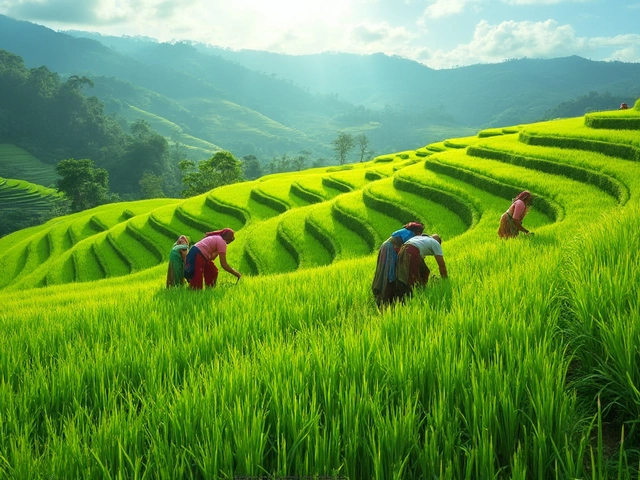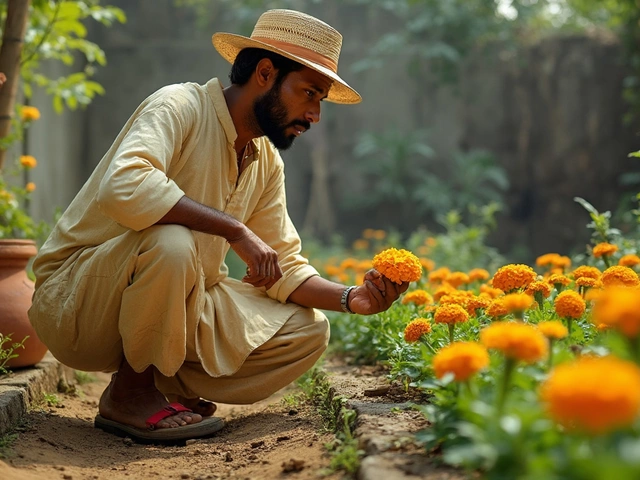Rice Origins: Tracing the Journey of the World's Favorite Grain
Ever wonder how rice became the go‑to staple for billions of people? The story starts over 10,000 years ago in the wetlands of Southeast Asia, where wild grasses first turned into the cultivated rice we know today. Early farmers learned to flood fields, keep weeds at bay, and harvest the tiny golden grains. That simple trick spread fast, reaching the Indian subcontinent by 3000 BC and later moving west into the Middle East and Europe.
From Wild Grass to Domestic Crop
Archaeologists found rice husks in ancient pottery in the Yangtze River basin, confirming that the first domestication happened there. The plant’s ability to grow in shallow water gave it an edge over other cereals that needed drier soil. Farmers selected plants that gave bigger seeds and sturdier stalks, creating two main types: Oryza sativa (Asian rice) and Oryza glaberrima (African rice). These varieties later mixed, giving rise to the diverse rice families we plant today.
How Rice Reached India and Shaped Farming
When rice crossed into the Indian plains, it fit perfectly with monsoon rains and fertile alluvial soils. Ancient texts like the Rig‑Veda mention rice as a prized offering, showing its cultural importance early on. Over centuries, Indian farmers refined irrigation techniques—think raised beds, earthen bunds, and the famous paddy fields—that still influence modern rice cultivation. Knowing this history helps today’s growers pick the right soil, water management, and seed varieties for higher yields.
If you’re curious about the practical side, check out our guide on the best soil for rice cultivation. It breaks down how clay‑rich paddies hold water, why loam works in drier zones, and what amendments boost seedling health. Want to gauge how much you can harvest? Our article on how many rice grains grow from one plant gives real numbers to set realistic goals.
Understanding rice’s origins isn’t just a history lesson; it tells you why certain practices work. For example, the ancient flood method still fights weeds without chemicals, saving you money and protecting the environment. And if you’re planning to enter the rice business, reading about risks of rice cultivation can save you from common pitfalls like unexpected weather swings or market price crashes.
So the next time you cook a bowl of steaming rice, remember: you’re tasting a grain that survived millennia, traveled across continents, and continues to feed the world. Use this knowledge to make smarter choices in your garden or farm, and you’ll be part of that long‑lasting legacy.
Who First Discovered Rice? Tracing the Ancient Roots of Rice Cultivation
Dig into the true story of rice’s origins. Track who first cultivated it, how rice spread, and what cultures shaped the world’s most eaten food.
About
Rice Cultivation
Latest Posts


Top Plants for a Sustainable Garden: Eco-Friendly Choices That Thrive
By Alden Thorne Jul 6, 2025

Best Topography for Growing Rice: Key Insights
By Alden Thorne Feb 21, 2025

Drip Irrigation: Which Type Really Saves You Money?
By Alden Thorne Jun 23, 2025

